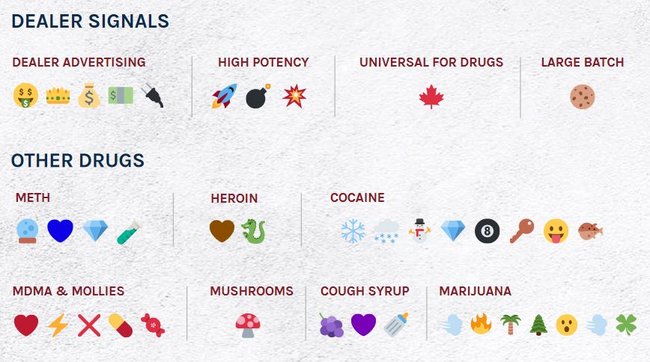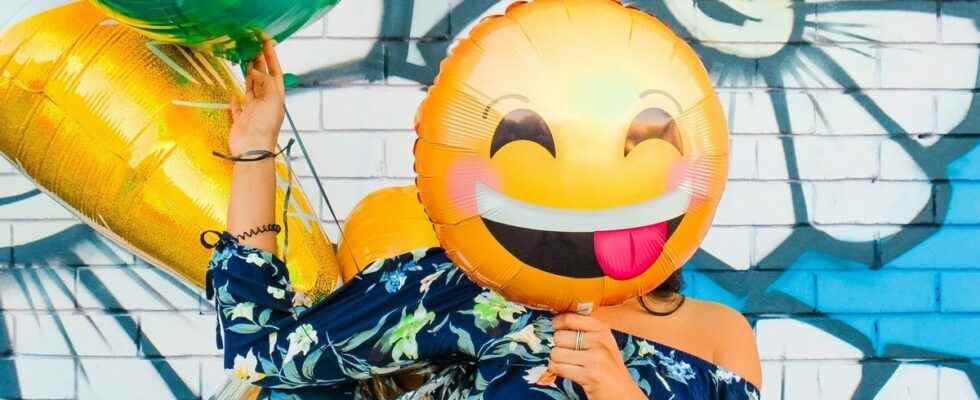The American drug agency DEA has published a list of emojis that it believes are used primarily when buying drugs. The list is intended to help parents see through possible deals their young children have on their smartphones.
Drug emojis: DEA publishes symbol list
The Drug Enforcement Administration (DEA) has drawn up a list of Parents and educators educated on drug emoji codes should be. According to the authority, young people would increasingly use symbols to initiate drug deals. Dealers themselves would also rely on emojis to advertise their goods. Guardians should know the codes because drug deals are increasingly taking place via smartphones and social media, according to the DEA.
A harmless maple leaf, familiar from the Canadian flag, is a generic symbol for drugs, according to the DEA. One high potency of the substances shall be marked by a rocket, bomb or explosion. According to the DEA, a cookie emoji is used for particularly large deliveries.

The emojis become much more specific when it comes to certain drugs. According to the American Drug Administration, cannabis is more likely to play Tree, wind and fire symbols a role, while cocaine deals are signaled by falling snow or ice flake emojis, among other things. In the case of heroin, the symbolism should not be quite so clear. A brown heart or a dragon could indicate the drug.
According to the Emoji Drug Codes for drugs and painkillers, a pill emoji could be like Percocet, Adderall, or oxycodone be used (source: DEA).
Emojis can also look completely different:
DEA: Drug emojis keep changing
The Drug Enforcement Agency concedes that the emoji codes are not a set of symbolism that has been set forever. The emojis could change again and again. In addition, it is only a representative selection that could be found during investigations.
